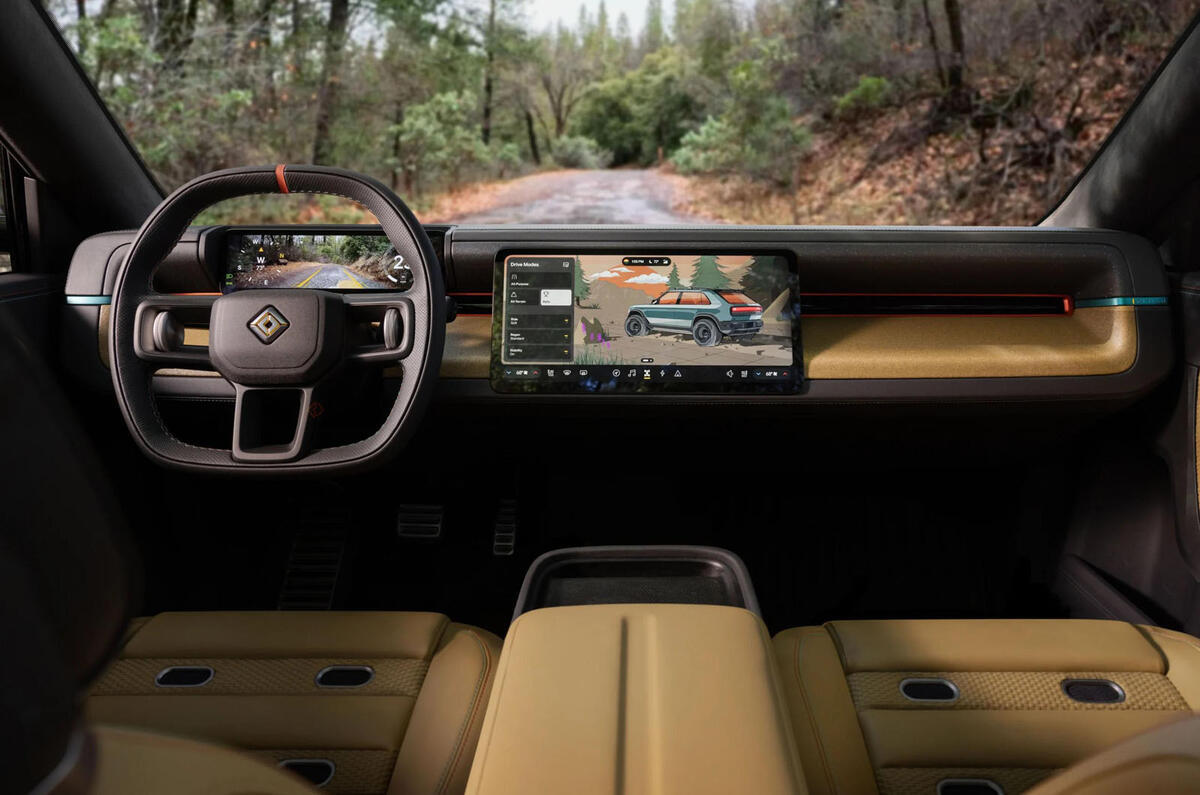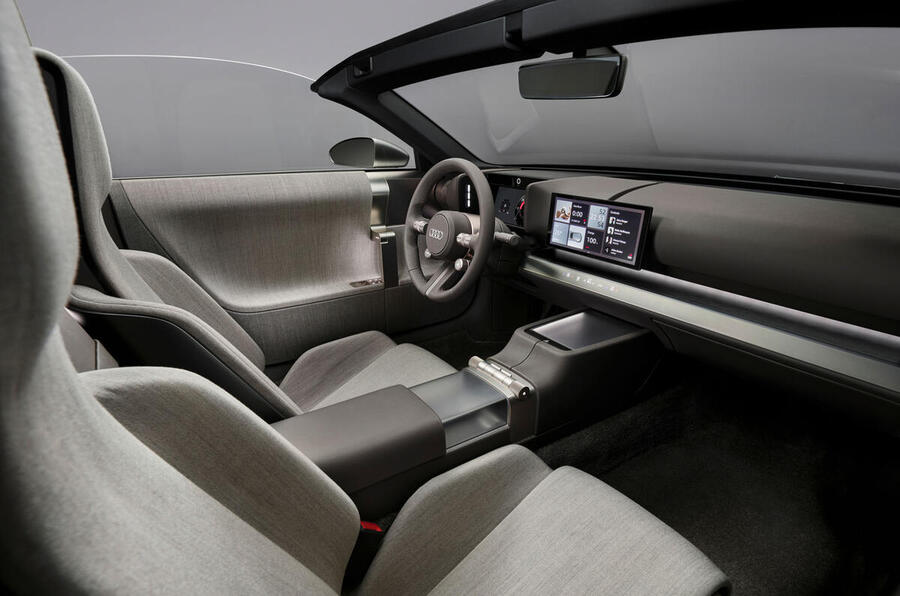Audi will launch its first cars with a Rivian-developed software stack in 2028, marking a step change in the way it develops its cars and the features they include.
The Volkswagen ID 1, launching in 2027, will be the first VW Group production car to use Rivian elements, but Audi will be the first brand from the group to bring a car to market with a complete software architecture developed in partnership with the Californian outfit, with which VWG established a software joint venture last year.
That's because "Audi has the highest requirements when it comes to functionality", said CEO Gernot Döllner - plus, the heightened efficiencies and reduced complexity brought by the new technology will tie into the German brand’s push for clearer and simpler operations.
"It's 2028 where we'll see it in the market. We are heavily working on it with the Rivian-Volkswagen joint venture, building up mules right now and working intensively together, so the first cars are already on their way,” Döllner told Autocar.
He revealed that the technology will be introduced in a pair of all-new cars – “if you take a step like that, you do it in a new platform” – which occupy different market segments.
Inside Rivian: the start-up teaching VW how to make better EVs
“From there, we’ll roll it out from these two models, step-by-step, to the complete line-up.”
Döllner gave no clues to what these first two models will be, but the company is likely to launch its first car on the VW Group's new 'SSP' modular architecture around 2028, so that would seem a likely candidate for the new software stack.
He added the stack will have significant implications for the production and capabilities of next-generation Audi models.
“It means for us, first of all, reducing complexity. In developing the car, we will have much leaner and faster processes in the way we develop the car.
"Over-the-air updates are an integral part of that strategy, so we are more flexible to add functionality or to fix things that are maybe imperfect, and it also helps us to focus our organisation: that software-defined architecture also brings complexity reduction."
Audi's development of a new software-defined family of vehicles comes as it renews its focus on traditional physical controls in pursuit of greater usability - as demonstrated by the new Concept C show car.









Add your comment